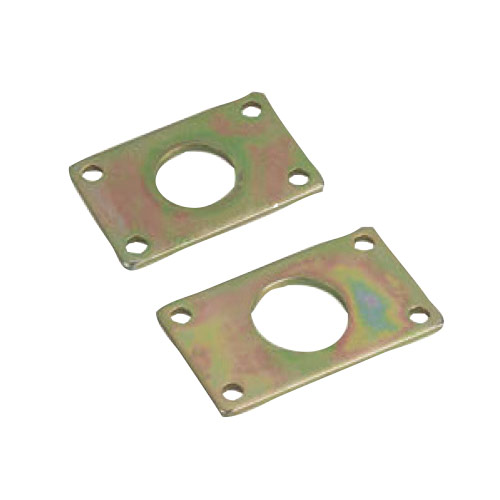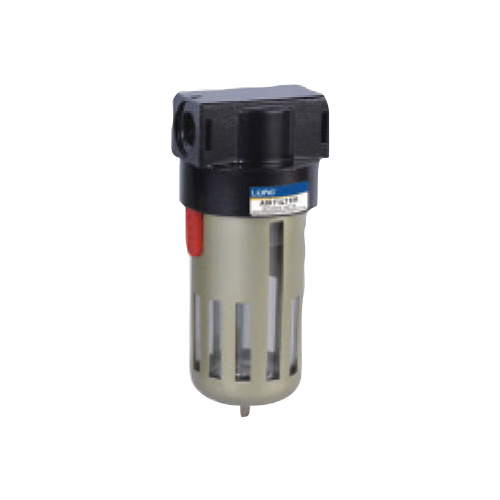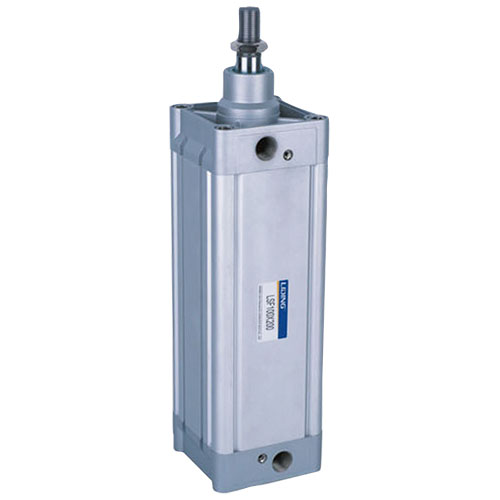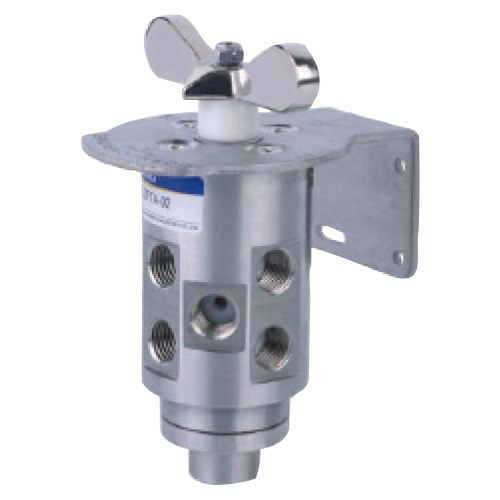Introduction of main components of pneumatic tools
The power take-off device is one of the main components […]
The power take-off device is one of the main components of the pneumatic tool, which is mainly composed of an air motor and a power take-off gear. It relies on high-pressure compressed air to blow the motor blades to make the motor rotor rotate, and outputs rotational motion to the outside, and drives the entire working form to convert part of the motion through gears.
According to whether the stator and rotor are concentric, air motors can be divided into concentric motors and eccentric motors. According to the number of air intake holes, it can be divided into single air intake motor, double air intake motor and multi air intake motor.
No matter what kind of air motor, it relies on compressed air to blow the motor blades to drive the rotor to rotate. When the motor blades rotate at high speed, they always rub against the inner wall of the stator. It is a common wearing part in the engine, so it has high requirements on the quality of the compressed air and whether the compressed air contains lubricating oil molecules.
Pneumatic tools mainly convert the rotary motion output by the motor. In the automobile manufacturing industry, there are many ways of screw connection, most of which are rotary motions, and of course there are linear reciprocating motions. For different types of pneumatic tools, the conversion part of the operation form is mainly divided into mechanical clutch and planetary gear set, friction disc clutch and planetary gear set, hydraulic cylinder, torsion bar and hammer body set, etc. The above parts are all important parts based on rotational motion, which determine important parameters such as torque, speed, and tightening accuracy of the pneumatic tightening tool. Its components are prone to damage due to its constant clutching, compression or torque conversion.
The development trend of pneumatic components can be summarized as:
High quality: the life of the solenoid valve can reach 100 million times, and the life of the cylinder can reach 5000-8000Km.
High precision: The positioning accuracy can reach 0.5~0.1mm, the filtration accuracy can reach 0.01um, and the oil removal rate can reach 1m3. The oil mist in the standard atmosphere is below 0.1mg.
High speed: The commutation frequency of the small solenoid valve can reach tens of hertz, and the maximu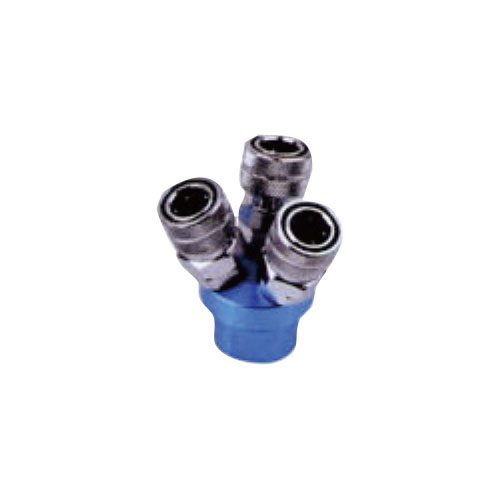 m speed of the cylinder can reach 3m/s.
m speed of the cylinder can reach 3m/s.
Low power consumption: The power of the solenoid valve can be reduced to 0.1W. energy saving.
Miniaturization: Components are made into ultra-thin, ultra-short and ultra-small.
Development Trend of Pneumatic Components
Development Trend of Pneumatic Components
Lightweight: The components are made of new materials such as aluminum alloy and plastic, and the parts are designed with equal strength.
No oil supply: The system composed of Stainless Steel Mini Pneumatic Cylinder Factory lubricating elements without oil supply does not pollute the environment, the system is simple, the maintenance is also simple, and the lubricating oil is saved.
Composite integration: reduce wiring (such as serial transmission technology), piping and components, save space, simplify assembly and disassembly, and improve work efficiency.
Mechatronics: a typical control system consisting of "computer remote control + programmable controller + sensor + pneumatic components".
Application of pneumatic technology:
Automobile manufacturing industry: including welding production lines, fixtures, robots, conveying equipment, assembly lines, painting lines, engines, tire production equipment, etc.
Production automation: The processing and assembly of parts on the machining production line, such as workpiece handling, indexing, positioning, clamping, feeding, loading and unloading, assembly, cleaning, testing and other processes.
Machinery and equipment: automatic air-jet looms, automatic cleaning machines, metallurgical machinery, printing machinery, construction machinery, agricultural machinery, shoe-making machinery, plastic product production lines, artificial leather production lines, glass product processing lines and many other occasions.
Electronic semiconductor home appliance manufacturing industry: such as the handling of silicon wafers, the insertion and soldering of components, the assembly line of color TVs and refrigerators.
Packaging automation: automatic metering and packaging of powder, granular and bulk materials for chemical fertilizers, chemicals, grains, food products, bioengineering, etc. It is used in many processes such as automatic cigarettes and automatic packaging in the tobacco and tobacco industry. It is used for automatic metering and filling of viscous liquids (such as paint, ink, cosmetics, toothpaste, etc.) and toxic gases (such as gas, etc.).


